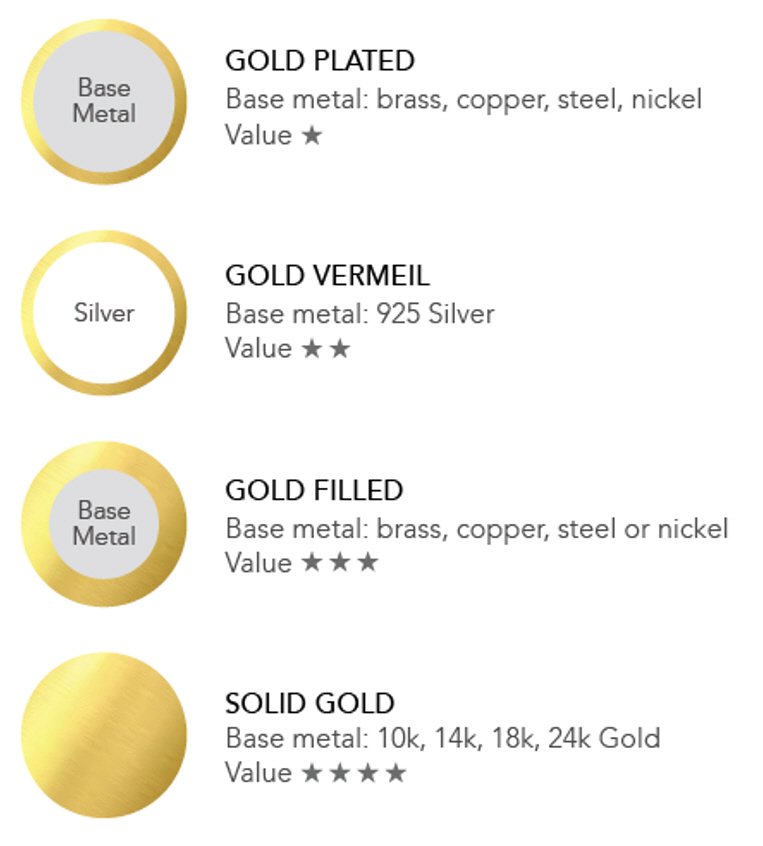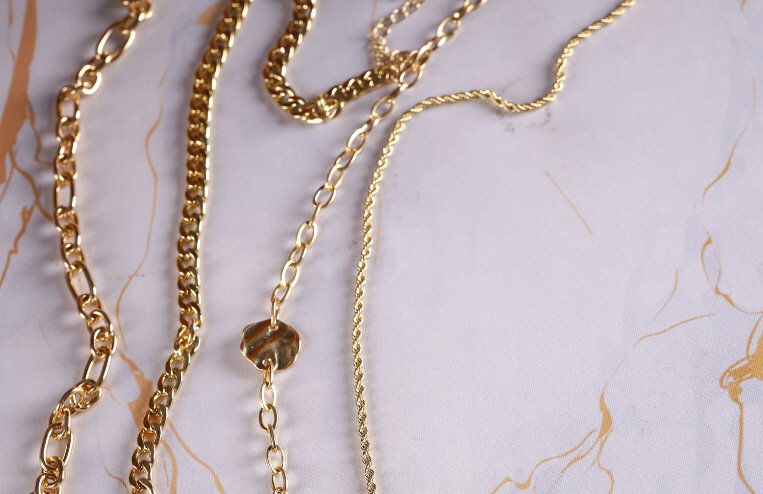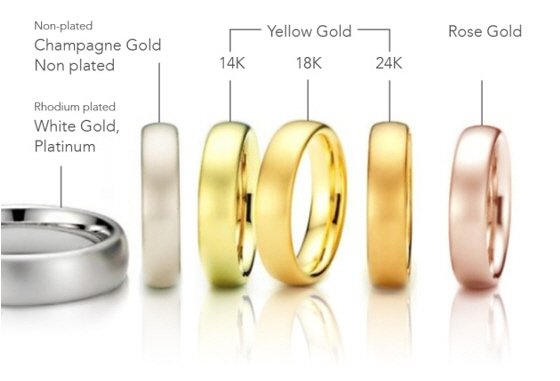
1960s Jewelry Design: A Revolution of Youth and Expression
1960s Jewelry Design: A Revolution of Youth and Expression
The 1960s, often called the “Swinging Sixties,” marked a time of transformation in fashion and jewelry. It was a period of constantly evolving shapes, colors, and unexpected combinations. The decade was defined by a shift away from the glamorous curves of 1950s Hollywood style toward androgynous and modern pop influences.
With the death of Christian Dior in 1957, Paris lost its dominance in the fashion world, and Italy, with brands like Gucci, Pucci, and Ferragamo, began to take center stage. Meanwhile, London became the hub of youth culture and street fashion, where social revolutions were shaping style.
Key Trends in 1960s Jewelry:
- Youthful Rebellion: Young, bold generations sought freedom of expression, and their fashion mirrored this attitude. Designers like Mary Quant and the rise of mod culture defined the era, and jewelry followed suit with fun, oversized, and often unconventional designs.
- Pop Art and Optical Art Influence: Bright, bold colors and geometric patterns, inspired by Pop and Op Art, dominated jewelry designs. This included striking visual illusions and dynamic contrasts that played with perception, often drawing from the graphic styles of popular culture.
- Unconventional Materials: The desire for fresh, avant-garde pieces led to the use of non-traditional materials like plastic, enamel, and metal. These were often combined with bold color palettes, creating eye-catching designs that were very different from the traditional fine jewelry of previous decades.

<Andrew Grima’s pieces, such as the 18ct gold emerald ring and yellow gold “brick” brooch, were perfect embodiments of the modern, geometric, and bold aesthetic>
<Lea Stein, known for her playful designs, created iconic Art Deco-inspired brooches, blending past influences with contemporary twists>
- A Shift Toward Casual Elegance: As the demand for more youthful and unique designs grew, high-end jewelry was often seen as outdated. The era saw an embrace of casual elegance, with a preference for jewelry that was more expressive and less formal.
Later 1960s Shifts:
By the late 1960s, jewelry took on a nostalgic tone, with influences from the past—like Art Nouveau curves and bright neon colors—making a comeback. Brands like Biba reinterpreted Art Deco for a modern era, blending the old and new in bold, fresh ways.
In conclusion, the 1960s represented a breakaway from traditional norms, creating a unique space for bold, artistic, and experimental jewelry designs that reflected the dynamic youth culture of the time.
<Lea Stein half Collarette Art Deco girl brooch, marked Lea Stein, Paris verso>





